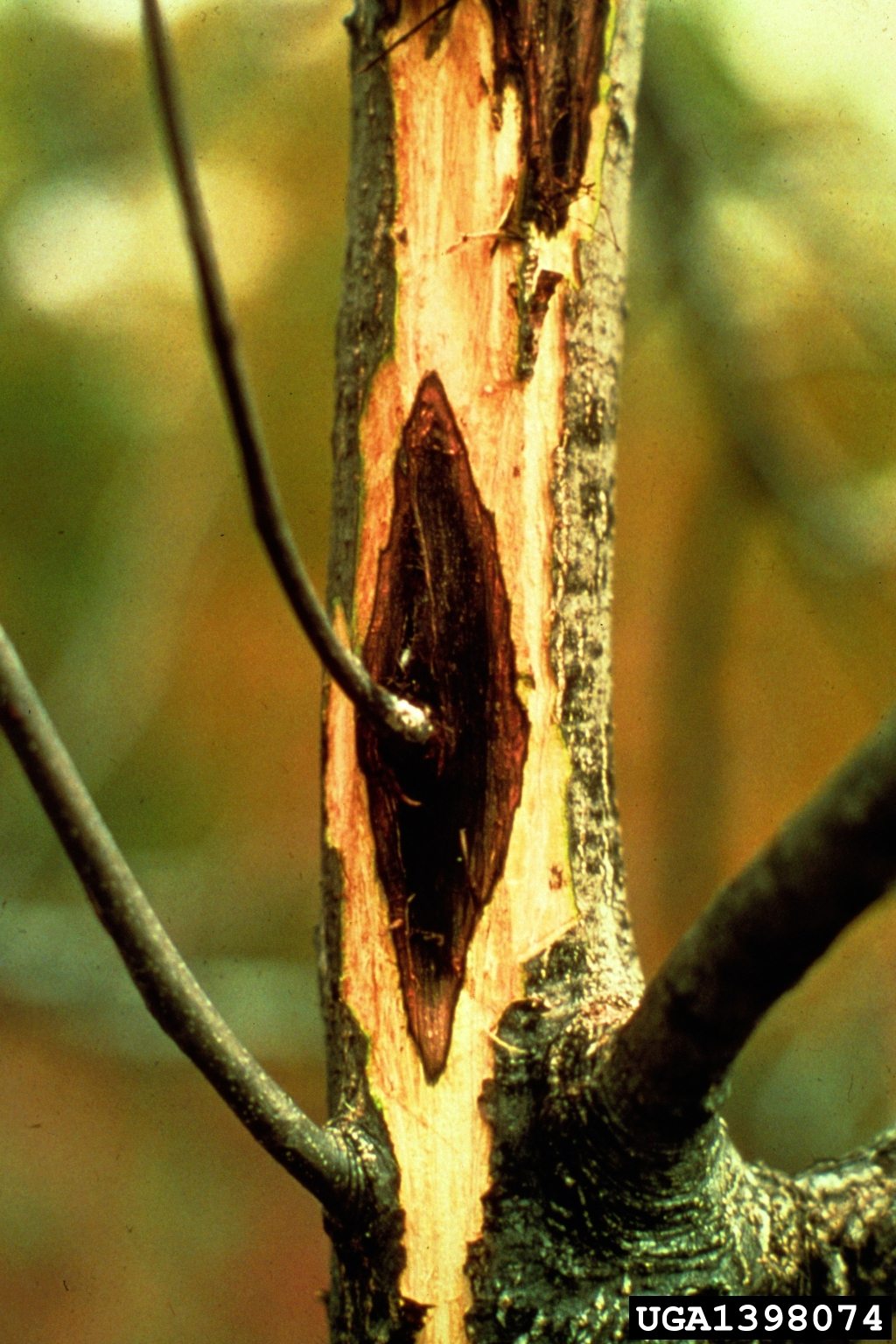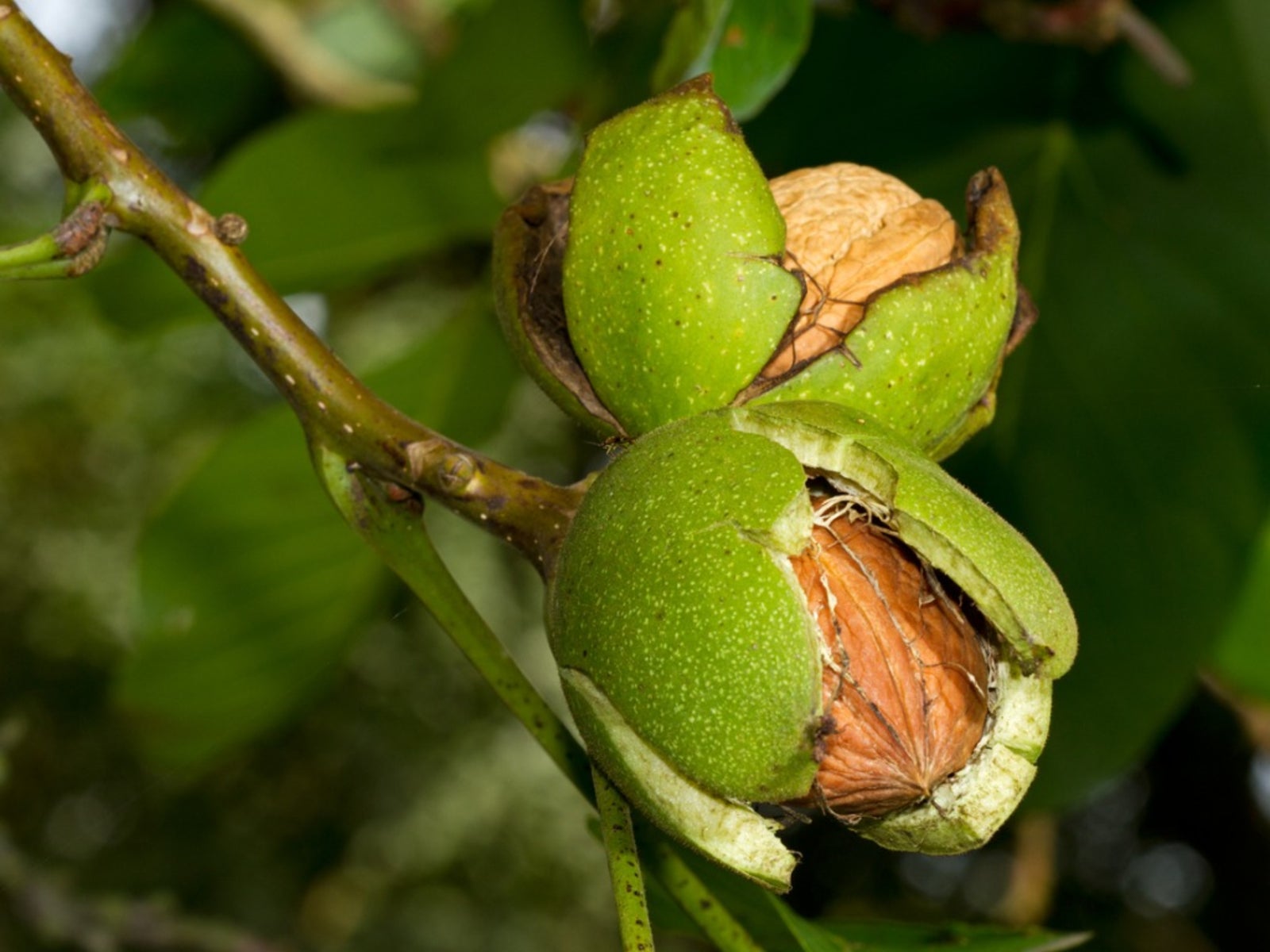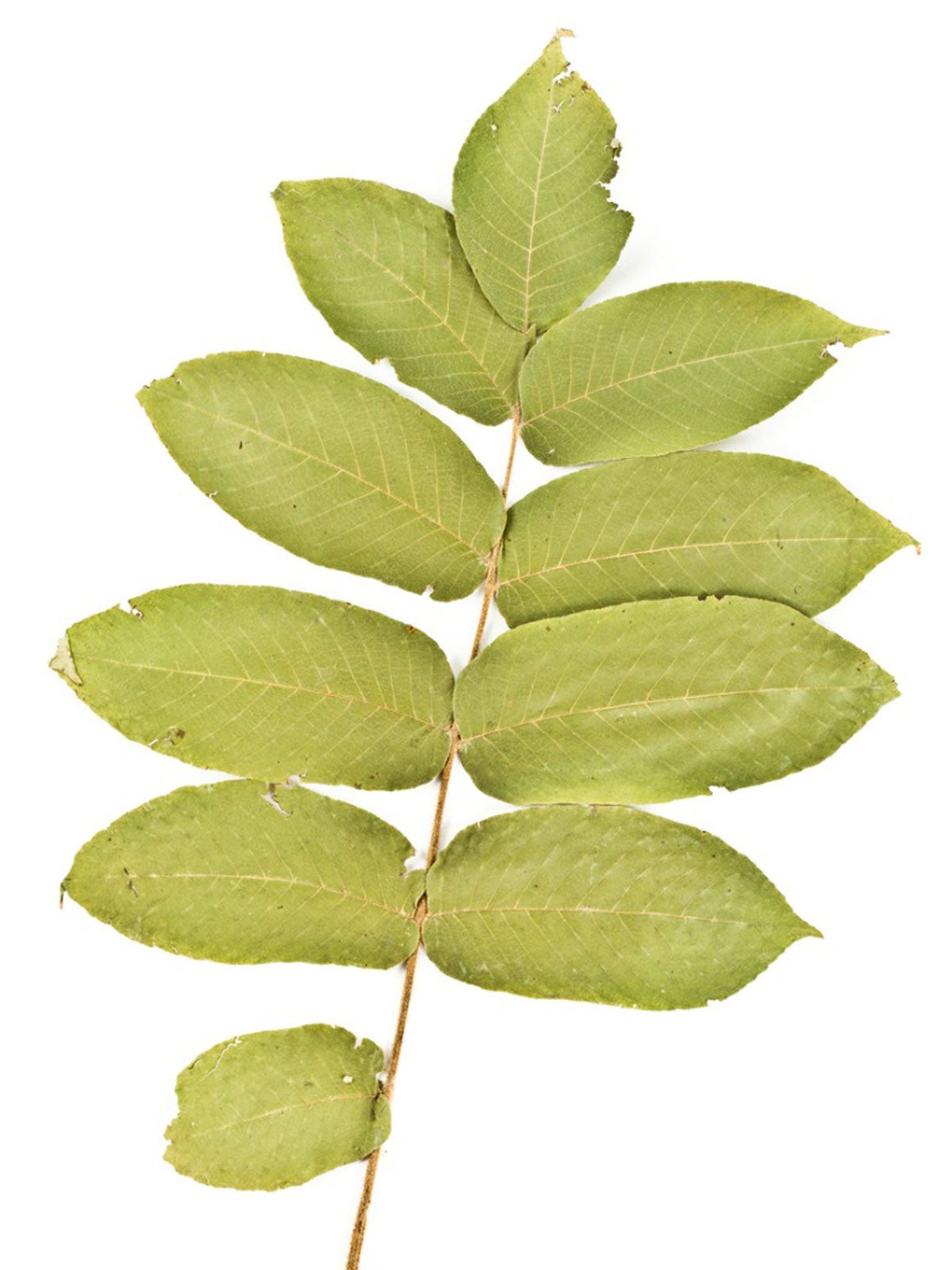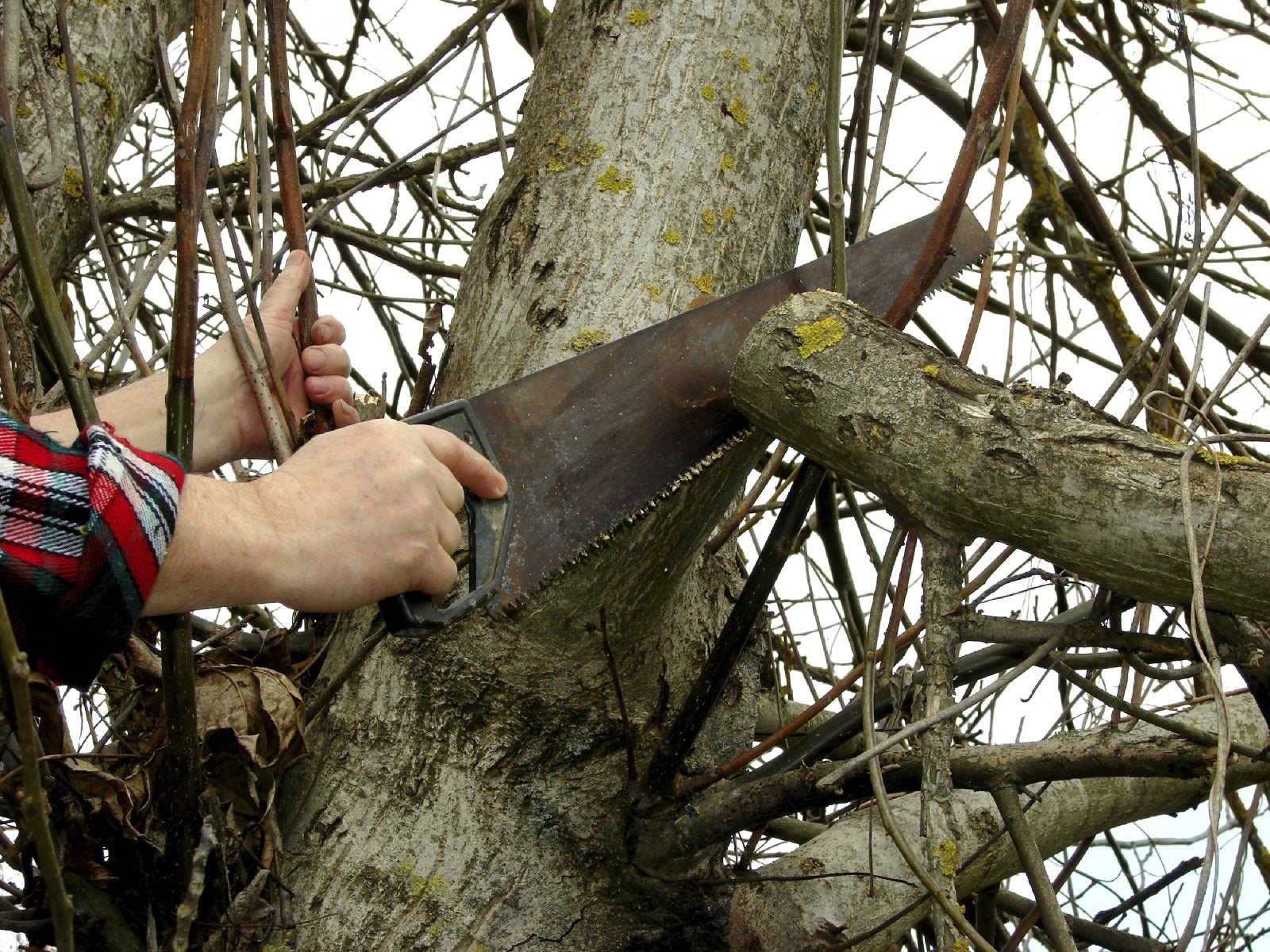Butternut Harvesting: How To Harvest Butternut Trees

An underutilized nut, the butternut is a hard nut that is as large as a pecan. The meat can be eaten out of shell or used in baking. If you are lucky enough to have one of these gorgeous white walnut trees, you may be wondering when and how to harvest butternut trees? The following article contains information regarding harvesting and picking butternuts.
About Butternut Harvesting
Butternuts, or white walnuts, are tolerant of a variety of poor soils but do require well-draining soil. The nuts resemble walnuts and are encased in a sticky husk inside a knobbed shell. Butternuts are richer, creamier, and sweeter than walnuts but are rarely cultivated. They are also susceptible to fungal infections. The incidence for fungal infection combined with the fact that the tree is difficult to propagate are the greatest impediments to commercial cultivation. Combine these with the great difficulty in cracking the nut, and harvesting butternuts commercially loses economic viability. Like walnuts, butternuts have significant omega-3 fatty acids, shown to reduce inflammation and reduce the risk for heart disease. Possibly due to their high fat content, butternuts rot rapidly when allowed to fall and sit on the ground. This means that when butternut harvesting, only harvest those nuts shaken from the tree.
When to Harvest Butternuts
Butternuts become ripe in the fall. You can tell when they are ready to harvest when you can dent the outer hull with your thumbnail.
How to Harvest Butternut Trees
There is no great secret to picking butternuts, just some physical labor. In the fall, knock the nuts from the tree (watch your head!) when the hulls begin to split. Remove the hulls as soon as you can. There are a several methods to removing the husk and all of them are challenging. You can try to pry them apart with a knife, stomp on them, roll over them with a car, or crack them between two boards. Wash the nuts to remove any clinging fibers in a bucket of water. Discard any nuts that float to the surface. These nuts are “duds” and will contain no meat. Spread the nuts in a thin layer on wire mesh trays or newspaper in a warm, ventilated area out of direct sun. This curing will take several weeks. When the nuts are done curing, you can hear them rattle in the shell. Store the cured nuts in a cool, dry, aerated area for several months or freeze shelled nuts for up to a year.
Gardening tips, videos, info and more delivered right to your inbox!
Sign up for the Gardening Know How newsletter today and receive a free copy of our e-book "How to Grow Delicious Tomatoes".

Amy Grant has been gardening for 30 years and writing for 15. A professional chef and caterer, Amy's area of expertise is culinary gardening.
-
 12 Lush Alternatives To A Lawn For Sustainable Spaces
12 Lush Alternatives To A Lawn For Sustainable SpacesAlternatives to a lawn are beautiful and also beneficial to your local ecosystem and its pollinators. Explore our top picks for plants to replace grass.
By Tonya Barnett
-
 Types Of Tomatoes Explained: Explore The Many Wonderful Shapes, Colors, Flavors, & Best Uses
Types Of Tomatoes Explained: Explore The Many Wonderful Shapes, Colors, Flavors, & Best UsesThe world of tomato varieties is vast and fascinating. Learn about the key types to grow in your garden, tailored to your preferences and space.
By Amy Grant
-
 Canker In Butternut Trees: Learn How To Treat Butternut Canker
Canker In Butternut Trees: Learn How To Treat Butternut CankerButternut trees are treasures that add grace and beauty to the landscape, but butternut canker disease ruins the appearance of the tree, and it is almost always fatal. Find out about preventing and treating butternut canker in this article.
By Jackie Carroll
-
 Fusarium Canker In Walnuts – Learn About Treating Fusarium Canker Disease on Walnut Trees
Fusarium Canker In Walnuts – Learn About Treating Fusarium Canker Disease on Walnut TreesWalnut trees grow quickly, and before you know it, you have cool shade and a bounty of nuts. You may also have cankers that can kill the tree. Find out about fusarium canker in walnuts in this article. Click here to learn more.
By Jackie Carroll
-
Treating Walnut Bunch Disease: Bunch Disease In Walnut Trees
Walnut bunch disease affects not only walnuts but a number of other trees, including pecan and hickory. Find helpful information regarding symptoms of bunch disease and bunch disease treatment in the article that follows.
By Mary H. Dyer
-
 Is Growing Butternuts Possible: Information About White Walnut Trees
Is Growing Butternuts Possible: Information About White Walnut TreesWhat are butternuts? No, don't think squash, think trees. Butternut is a species of walnut tree and the nuts that grow on these wild trees are easy to process and delicious to eat. For more butternut tree information, click this article.
By Teo Spengler
-
 Trimming A Walnut Tree: How To Prune Walnut Trees Properly
Trimming A Walnut Tree: How To Prune Walnut Trees ProperlyWalnut tree pruning is important for the tree's health, structure and productivity. Walnut trees make nice shade trees, are excellent timber specimens, and produce delicious nuts. Click this article to learn how to prune a walnut tree.
By Karen Boness
-
 Walnut Tree Harvesting: When Are Walnuts Ready To Pick
Walnut Tree Harvesting: When Are Walnuts Ready To PickWalnuts are high in protein and delicious! What better reason to grow your own? The question is, when are walnuts ready to pick and what is the best way to pick walnuts? This article will help with harvesting walnuts.
By Amy Grant
-
 Planting Walnut Trees: Tips and Information On Growing Walnuts
Planting Walnut Trees: Tips and Information On Growing WalnutsWalnut trees produce not only a delicious, nutritious nut but also provide shade in the landscape with their large, arching limbs. Learn how to grow walnuts in this article.
By Amy Grant